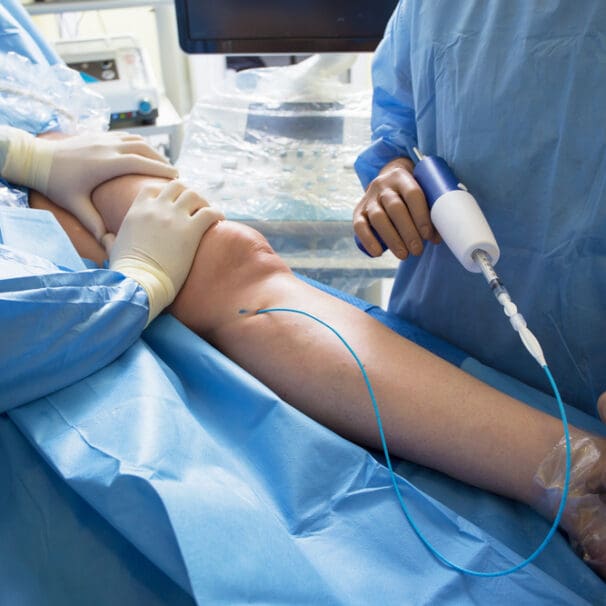HealthProviders DB is a comprehensive database of healthcare providers, including a complete directory of all Vascular Surgeons.
Surgeon Healthcare Taxonomy Code 2086S0129X
As of today, the following are the total number of Vascular Surgeons nationally, in your State, and near your location.
Select a State below to view the list by State. Additionally, you can narrow the list by city, among other options, from the Filter Panel, which you can open by clicking the vertical ellipses ⋮ in the upper right corner of the app.
Alaska – Alabama – Armed Forces Pacific – Arkansas – American Samoa – Arizona – California – Colorado – Connecticut – District of Columbia – Delaware – Florida – Federated States of Micronesia – Georgia – Guam – Hawaii – Iowa – Idaho – Illinois – Indiana – Kansas – Kentucky – Louisiana – Massachusetts – Maryland – Maine – Marshall Islands – Michigan – Minnesota – Missouri – Northern Mariana Islands – Mississippi – Montana – North Carolina – North Dakota – Nebraska – New Hampshire – New Jersey – New Mexico – Nevada – New York – Ohio – Oklahoma – Oregon – Pennsylvania – Puerto Rico – Palau – Rhode Island – South Carolina – South Dakota – Tennessee – Texas – Utah – Virginia – Virgin Islands – Vermont – Washington – Wisconsin – West Virginia – Wyoming
Medicare
The following are the total number of Vascular Surgeons who accept Medicare in your State, the number who have opted out of Medicare, and the total number excluded from participation in Medicare nationwide.
The diagram below shows all the Vascular Surgeons across the country, represented by blue bubbles. The larger the bubble, the greater the concentration of providers in that area. Red bubbles represent Medicare-excluded providers, with the larger bubbles indicating a higher percentage of excluded providers in that region. You can change the bubble size to be based on exclusions from the Size menu.
What do Vascular Surgeons do?
Vascular surgeons specialize in the diagnosis and treatment of disorders affecting the blood vessels, including arteries and veins.
Vascular surgeons also play a role in the management of other conditions, such as Aortic dissection, Arterial insufficiency, Venous insufficiency, Lymphedema, and Wound healing problems.
They work closely with other healthcare professionals, such as cardiologists, internists, and nurses, to provide comprehensive care for patients with vascular disorders.
What they do
Treating aneurysms: Bulging or weakened sections of blood vessels that can rupture.
Performing bypass surgery: Creating new blood vessels to bypass blocked or narrowed arteries or veins.
Treating peripheral arterial disease (PAD): Blockages in the arteries of the legs that cause pain and cramping.
Treating varicose veins: Enlarged, twisted veins that can cause pain, swelling, and cosmetic concerns.
Treating deep vein thrombosis (DVT): Blood clots in the deep veins of the legs.
Performing endovascular procedures: Using minimally invasive techniques, such as stenting and angioplasty, to open up blocked blood vessels.
Treating thoracic outlet syndrome: Compression of nerves and blood vessels in the space between the collarbone and first rib.

